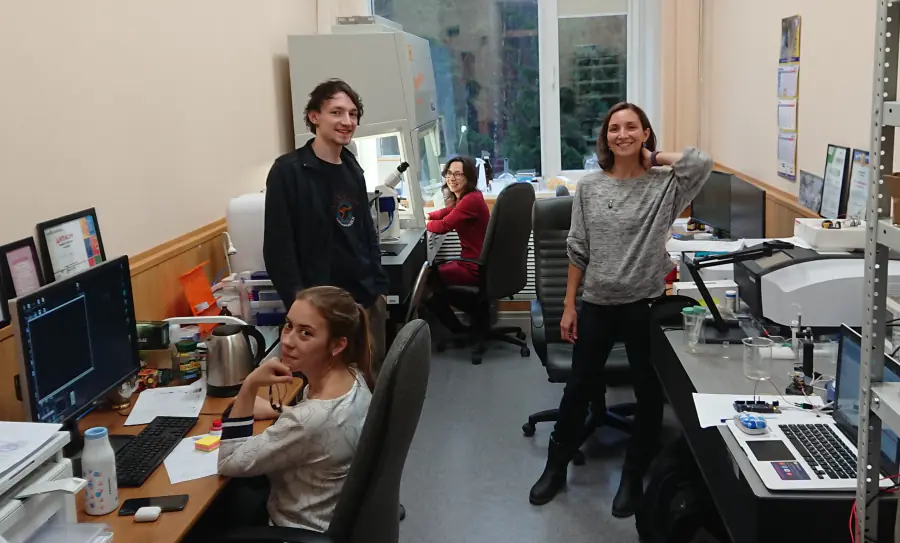Laboratory of Optics and Dynamics of Biological Systems

Our main research area is the development of biophotonics methods for medical diagnosis and therapy of socially significant diseases.
We develop and use photolabile compounds ("caged" compounds) to study the dynamics of cellular reactions. One example is the study of platelet activation. For a detailed study of this process in the laboratory, it is necessary to run it with high accuracy in time and space. We have developed a technology for triggering platelet activation by an optical pulse using photolabile activation agonists.
Another example is the improvement of the properties of drugs for the treatment of coronavirus infection using photolabile groups that facilitate the penetration of drugs into the cell. We use mathematical modeling to gain a deep understanding of biological processes, from the mechanics of the cytoskeleton to light scattering by cells.
We are developing photoactivatable nitric oxide donors. This area is associated with possible applications in medicine, for example, for the treatment of complications of diabetes mellitus. But, since nitric oxide is a common mediator in biology, these developments can be applied in many areas of scientific research.
- Photolysis
- Fluorescence microscopy
- Fluorescence Spectroscopy
- Spectrophotometry
- Electrochemistry
- Organic synthesis
- Luminescence
- High-efficiency liquid chromatography (HPLC)
- Cell and tissue culture
- Photolabile protection groups
- Light scattering






